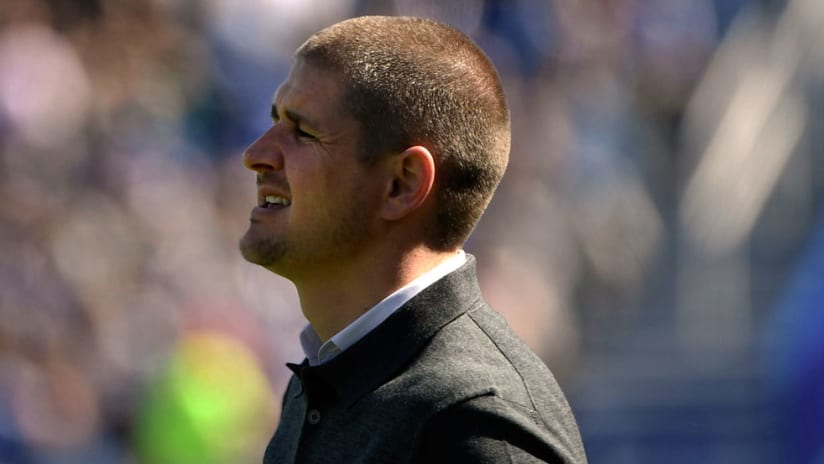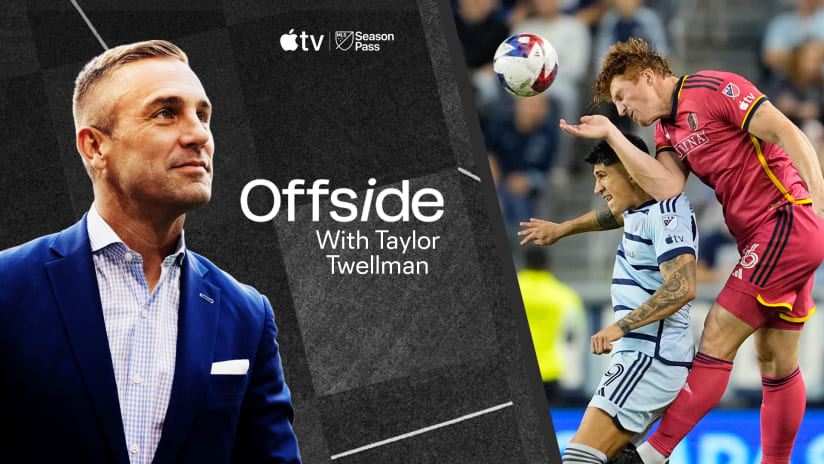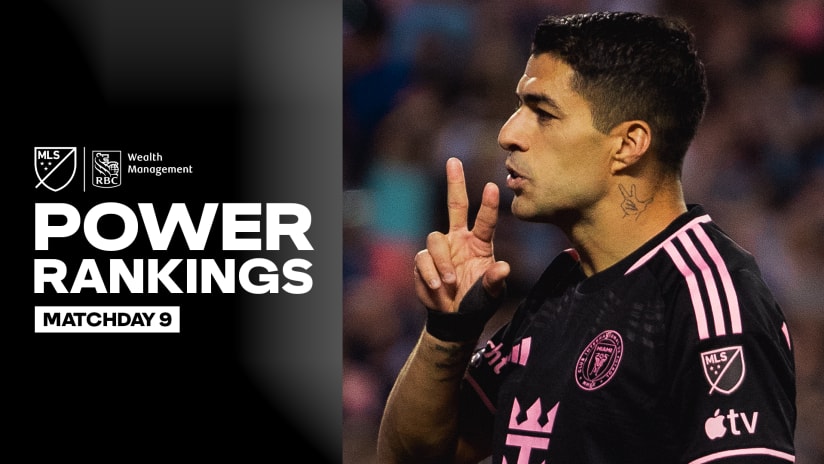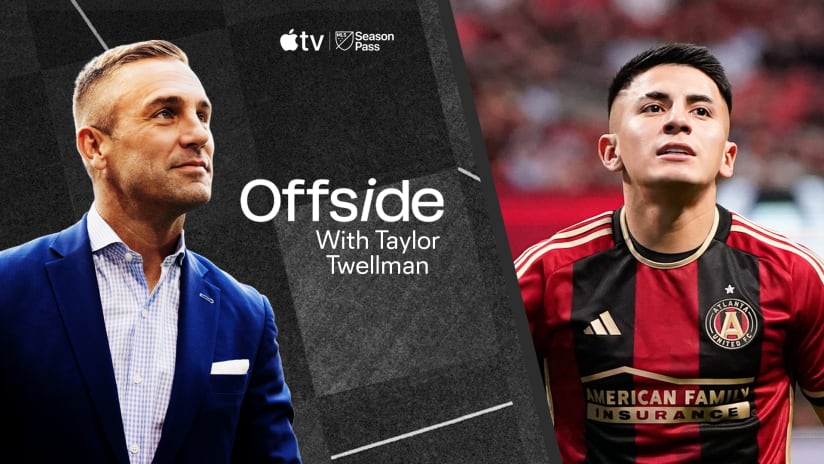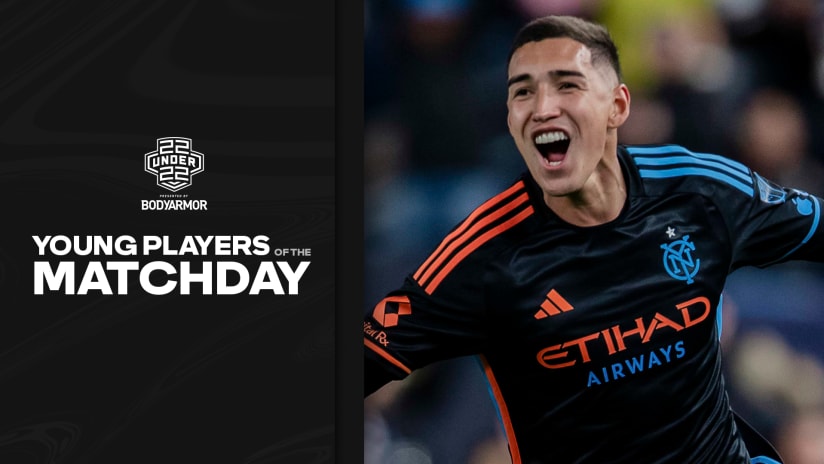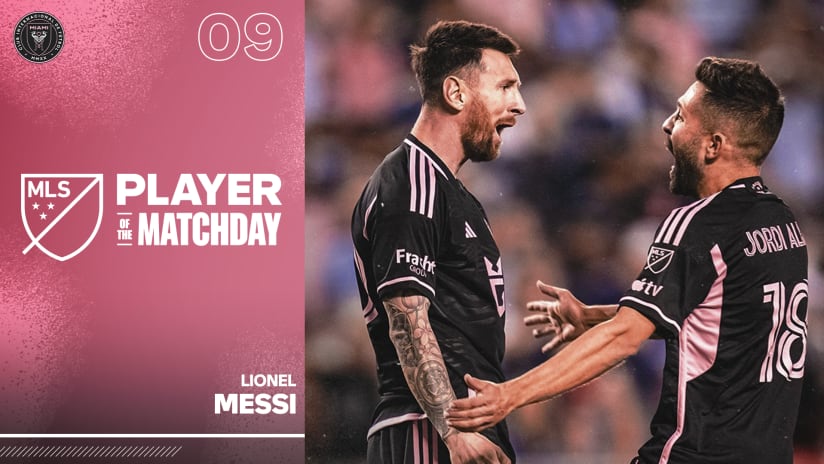Each week, Sam Polak breaks down the top coaching moves in MLS from the previous week. Here are his top five from Week 20.
5. Curtin’s high press
Jim Curtin came in at No. 5 this week as he had his Philadelphia Union properly prepared to avenge their loss in Week 20 to Columbus Crew SC. After losing 1-0 to Berhalter’s side just four days earlier, Curtin and his staff elected to change their defensive scheme.
The Union coaching staff opted to apply pressure much higher up the field against Columbus in their rematch. This adjustment is visible below within just the first five minutes of the game and played a pivotal role in the 3-0 win over the Black & Gold.
Defending this way created a number of different dynamics between the first and second matchup. It allowed the Union to try to take possession back closer to their attacking third or be prepared to pick off attempted passes into the midfield if that failed. It also made it a tougher task for Columbus to maintain control of the pace of the game and hold onto possession long enough to get their strikers and outside midfielders forward as they had been able to do easily just a couple days ago.
There is no doubt that Philadelphia going up a man in the 35th and then another man in 76th helped their cause. But it should be noted that the Union scored the game winner when it was 11-v-11 and regardless of send-offs, Curtin had his side better prepared on this night.
4. Rowe at left back
Although Jim Curtin was able to outwit Gregg Berhalter midweek, Jay Heaps got the better of Curtin when the New England Revolution beat Philadelphia 3-0 on Saturday.
The Revs opted for a 4-4-2 with a diamond in the middle and had Kelyn Rowe at left back. Though Rowe had already started as a defender five times this season, this was the first time since his quality performances in the midfield for the USMNT in the Gold Cup.
Heaps made a great call, despite what we all saw Rowe can do going forward in his time with the US national team. Starting at left back, Rowe filled up the stat sheet. He had an assist to Kei Kamara, a great ball over the top that nearly ended in another assist to Teal Bunbury, a brilliant shot on goal that required a big save from John McCarthy, two take-ons won, two interceptions and helped preserve a clean sheet.
Jay Heaps was able to utilize Rowe’s knack for putting himself in the right place defensively without having to sacrifice too much of his attacking prowess as Rowe was able to come forward into the space that opened up out wide as a result of the midfield diamond.
Playing Rowe in this position was a solid decision— it allowed the up-and-comer to build on his performances over the past month without limiting his potential impact on the game.
3. Minnesota’s improved defense
Entering their match against D.C. United, Minnesota United had lost two of their previous three – a 1-0 defeat to Crew SC on July 4 and a 3-0 loss to the New York Red Bulls on July 22. Most of the goals Minnesota surrendered in these matches stemmed from not regaining their defensive shape quickly enough after losing possession.
Columbus scored their lone goal by winning the ball off from Minnesota about 85 yards from goal and then connecting three passes down the middle of the field over 13 seconds. The Red Bulls scored two goals in similar fashion. In one instance, the Red Bulls won possession and scored in nine seconds after just two passes from a sequence that began no closer than 50 yards out. In another, the Red Bulls made three passes in 16 seconds before scoring from a play that began with Red Bulls 'keeper Luis Robles.
This is simply way too easy for the other teams – opponents should be required to connect more passes before they can get in on goal and they should not be able to seamlessly move from one end of the field to the other in such uninterrupted spurts.
Adrian Heath and the Minnesota coaching staff deserve credit as the Loons were clearly more determined to efficiently get numbers back behind the ball against D.C.
Here, Minnesota clearly committed to recovering their defensive organization and got eight players behind the ball, stopping any further forward progress by D.C. United.
Even though Minnesota won this game 4-0, the move by Adrian Heath to emphasize a greater collective and individual desire to work back on defense, regardless of how far away from goal players were, landed him as number 3 this week’s list.
2. SKC attack with outside backs
In a matchup featuring top tier teams from each conference, Peter Vermes’ Sporting Kanas City gave the Chicago Fire their second straight defeat by a score of 3-2. And it was the SKC coaching staff’s decision to emphasize attacking with outside backs Graham Zusi and Seth Sinovic that made the difference in this game.
Veljko Paunovic had his team defend with both five and four players at different times during the match, but it ultimately didn’t matter. Vermes had his wingers occupy Chicago’s outside backs and because the Fire’s midfielders defended very narrowly, SKC had tons of space to attack out wide in the middle third – and sometimes even the final third.
Above, Vermes was visibly waving his arms to get Zusi to push forward and take the space. And though this sequence does not end in a goal, a very similar string of events led to SKC’s second goal just before the half where Zusi found space down the same right side and delivered that culminated in a Benny Feilhaber bicycle kick.
With Dom Dwyer moving to Orlando, it should be exciting to see if Vermes will continue to attack with his outside backs or what sorts of other ways the SKC coach will organize his side in order to continue to create offensive opportunities.
1. Carl Robinson’s starting XI
Coming into their matchup against Vancouver, FC Dallas had averaged just one goal per game at home and conceded no more than two goals in any single match so far in the season.
Recognizing this – and without attacking phenom Alphonso Davies – it would have been easy for Carl Robinson to look for a tie with his side playing away from home. Or it would have been just as easy to have the Whitecaps defend for 75 minutes and then try and steal some points on the road during the last 15. Instead, the Whitecaps fielded a team, probably to the surprise of FC Dallas, meant to go out and attack from the very beginning of the match. And that is exactly what they did.
Carl Robinson and his coaching staff’s decision to start Bernie Ibini and Yordy Reyna, two players who had a combined one start this year, was instrumental in the Whitecaps' 4-0 dispatching of their opponent. Ibini and Reyna’s technical ability and inclinations to go forward created a ton of issues for Oscar Pareja and his squad.
Starting these two lesser-used but attacking-minded players paid huge dividends. Ibini scored the match’s first goal and Reyna both created a penalty kick for Vancouver and lured Dallas’ Carlos Gruezo into getting a red card.
Though they may not be catching any other teams by surprise given their performances over this weekend, these two players should certainly be seeing more time.

